Introduction: Embracing the Elegance of Ferns
Ferns are the epitome of elegance in the plant kingdom, celebrated for their lush greenery and classic appeal. Their dainty fronds and unfurling tendrils add a touch of sophistication to any space, whether indoors or outdoors. With origins reaching back millions of years, ferns have stood the test of time, remaining a favorite among garden enthusiasts and indoor plant collectors alike.
Ferns hold a unique place in both indoor and outdoor gardening. Their ability to thrive in low-light conditions makes them particularly loved for indoor spaces, while their resilience and adaptability allow for their use in various outdoor landscapes. Holding significance across cultures, ferns symbolize sincerity, confidence, and eternal youth – beliefs that only add to their alluring charm.
Here at Plantology, we cherish the timeless beauty of ferns as much as you do. Our mission is to bring the finest selection of ferns right to your doorstep, helping you create lush indoor environments and verdant outdoor vistas.

Understanding Ferns: Types and Characteristics
Classification and Varieties
Ferns are part of a large group of vascular plants that reproduce via spores and have neither seeds nor flowers. Known for their verdant fronds, ferns bring a piece of prehistoric nature into our modern lives. Let’s delve into some popular types of ferns that you might consider adding to your plant collection.
1. Boston Fern (Nephrolepis exaltata)
The Boston Fern is a household staple known for its long, graceful fronds and feathery leaves. A robust species, it’s exceptionally forgiving and thrives in indirect light, making it an ideal choice for homes and offices.
2. Maidenhair Fern (Adiantum spp.)
Renowned for their delicate, fan-shaped leaflets, Maidenhair Ferns exude elegance. These ferns prefer high humidity and indirect light, making them slightly more challenging, yet rewarding for plant enthusiasts who seek to elevate their indoor botanical garden’s aesthetic.
3. Staghorn Fern (Platycerium spp.)
Staghorn Ferns are unique in form, with fronds resembling the antlers of a stag. These epiphytic ferns can be mounted on boards or trees, adding an exotic touch to your space. They make a striking visual statement as they grow.
With these varieties and more available on our website, Plantology offers an assortment that caters to both novice and seasoned plant lovers. Consider enriching your collection with the unique charm of ferns.

Adaptability and Growth Patterns
Ferns are remarkably adaptive and can thrive in a variety of environments. From temperate woodlands to tropical rainforests, ferns have evolved to flourish under different conditions. Understanding the natural habitat of your fern can help you simulate its preferred environment for optimal growth.
Ferns can vary in size from small groundcovers to large, tree-like forms. Their growth patterns depend significantly on species and environment. An awareness of your fern's specific needs – from humidity levels to light conditions – will ensure it remains luscious and healthy.
Caring for Your Ferns: Essential Tips
Light Requirements
Ferns generally thrive in indirect light. Direct sunlight can scorch their leaves, leading to brown tips and wilted fronds. Placing your indoor ferns near a north or east-facing window ensures they receive ample light without suffering from harsh rays.
Watering Essentials
A consistent watering routine is crucial for fern care. Most ferns prefer consistently moist soil, but it’s essential to avoid waterlogging, which can lead to root rot. The top inch of soil should be dry to the touch before watering again. In winter, reduce watering frequency but maintain humidity levels.

Humidity and Temperature
Ferns love humidity, drawing on the moisture-rich air to support their leaves and roots. Use a humidifier or pebble tray to enhance humidity levels, especially during dry seasons or in air-conditioned environments. Most ferns favor temperatures between 65°F and 75°F, thriving in temperate to warm climates.
Soil and Potting
Well-draining soil is critical for ferns. A mix designed for ferns, often incorporating peat moss, pine bark, or coconut coir, works well. When potting, choose containers with excellent drainage to prevent water from pooling at the roots.
Explore our specially curated plant products designed to maintain optimal moisture and nutrient levels for your ferns.
Feeding and Fertilization
Fertilizing your ferns ensures they receive the necessary nutrients for robust growth. Use a diluted liquid fertilizer monthly during the growing season, from spring through early autumn. Avoid over-fertilizing, as this can burn the fronds.
Troubleshooting Common Fern Problems
Brown Fronds
Brown fronds often indicate insufficient humidity or improper watering. Increasing humidity and ensuring a consistent watering routine can restore your fern’s vibrancy.

Pest Management
While generally resistant to pests, ferns can occasionally fall prey to common nuisances like aphids, mealybugs, and spider mites. Regularly inspect your ferns and use insecticidal soap or neem oil as needed to keep pests at bay.
Dealing with Leaf Drop
Leaf drop can result from several factors, including sudden changes in temperature or environmental stress. Gradually acclimate new plants to their surroundings, and maintain consistent care routines to minimize leaf drop.
Ferns for Indoor and Outdoor Spaces
Outdoor Fern Landscapes
Ferns are a beautiful addition to shady garden areas. They pair well with companion plants like hostas and astilbes, creating layered textures and vibrant greenery. Consider incorporating different fern species to add depth and interest to your landscape.
Creating Indoor Fern Displays
Ferns make stunning centerpieces on dining tables or elegant companions on bookshelves and side tables. Mix and match different fern species to create a living tapestry of green in your home. Wall-mounted Staghorn Ferns can serve as impressive living art installations.

Choosing the Right Fern for Your Home
When selecting the perfect fern, consider the environment you wish to place it in. Evaluate light availability, space, and your ability to maintain necessary humidity levels. Whether you prefer the cascading fronds of a Boston Fern or the structural elegance of a Staghorn Fern, there's a fern suited to every corner of your home.
At Plantology, we offer a wide selection of ferns to match your unique style and atmosphere. Browse through our curated species to find your next leafy companion.
Conclusion: Making Ferns a Staple in Your Plant Collection
Ferns, with their exquisite forms and timeless appeal, are a versatile addition to any plant collection. By understanding their needs and providing them with the correct care, you can enjoy their lush beauty for years to come.
Whether you’re a seasoned horticulturist or an aspiring green thumb, incorporating ferns into your indoor and outdoor spaces offers you an opportunity to work with a piece of living history. We invite you to explore our selection of ferns and other exotic plants on our website. Head over to Plantology for ideas and inspiration to adorn your world with nature's enduring elegance.
Diving Deeper into Fern Varieties

A Closer Look at Fern Morphology
The intricate structure of ferns is one of their defining characteristics. Their fronds, which consist of leaf-like structures called pinnae attached to a central rachis, exhibit a diverse array of shapes and arrangements. This diversity not only adds a unique aesthetic but also plays a role in their adaptability to various environments.
For example, the Bird's Nest Fern (Asplenium nidus) showcases a rosette-like formation where its broad, simple, and undivided fronds emanate from a central point, reflecting its evolution in the understory of tropical rainforests where light is scarce. Understanding the genetic and adaptive characteristics of ferns like the Bird's Nest can guide plant enthusiasts in choosing ferns that will thrive in their specific environments.
Furthermore, some ferns, such as the Kangaroo Paw Fern (Microsorum diversifolium), have fronds with a leathery texture to reduce water loss, indicating their origins in regions that may experience fluctuations in humidity and rainfall. Recognizing these traits can help guide your caring methodologies, ensuring each species in your collection thrives under the right conditions.
Leveraging Ferns in Outdoor Landscaping
Ferns are versatile and can be strategically incorporated into outdoor landscapes to enhance aesthetic appeal and biodiversity. In temperate gardens, for instance, the Ostrich Fern (Matteuccia struthiopteris) is a popular choice due to its shuttlecock shape which provides a lush, architectural backdrop for late spring and summer gardens. Its vibrant green fronds can complement colorful flower arrangements or serve as a striking contrast against stone pathways.
Urban spaces, frequently constrained by limited sunlight and variable conditions, can also benefit from the inclusion of hardy native ferns such as the Bracken Fern (Pteridium aquilinum). With its robust nature, it not only survives but thrives in diverse conditions while contributing to soil stabilization in erosion-prone areas.
Additionally, groundcover ferns like the Holly Fern (Cyrtomium falcatum) with its glossy leaves and shade tolerance, make excellent fills for darker garden corners and under-canopy spaces, effortlessly adding depth and texture to the garden landscape.
Combining these various types of ferns with local flora not only creates a dynamic visual experience but also fosters a healthy ecosystem, attracting beneficial insects and providing habitats for smaller wildlife species.

The Science Behind Fern Reproduction
Ferns reproduce via spores, eschewing the seed and flower model adopted by much of the plant kingdom. This ancient reproductive strategy involves the release of microscopic spores from structures called sporangia, typically located on the underside of fronds.
When these spores find a suitable moist substrate, they germinate into gametophytes, small heart-shaped structures that will produce the reproductive organs. This fascinating cycle is not just a testament to the evolutionary history of ferns but also a key consideration in propagating ferns for both commercial and conservation purposes.
Advanced propagation techniques have harnessed this knowledge to cultivate ferns in nurseries, ensuring genetic diversity and the availability of rare species. For home gardeners, understanding this cycle highlights the importance of creating an ideal environment for ferns to self-propagate or using spores effectively for controlled growth.
Caring for Ferns: Going Beyond the Basics
To truly master the art of fern care, it's essential to dive deeper into their environmental nuances. Beyond basic light and water requirements, experts recommend focusing on the micro-environment these plants inhabit.
The Role of Air Circulation: While ferns thrive in humidity, stagnant air can lead to mold and mildew. Ensuring good air circulation prevents such issues and contributes to a healthy growing environment. Consider placing a small fan nearby or ensuring open windows provide a gentle breeze.
Utilizing Organic Mulches: Introducing organic mulches such as leaf mold or pine straw around the base of outdoor ferns can conserve moisture and imitate the natural forest floor layers many ferns are adapted to.
Employing Natural Pest Deterrents: Using companion planting with natural pest-repellent plants such as mint or garlic can help deter pests without resorting to harsh chemicals.
Incorporating these advanced techniques into your fern care regimen can elevate their health and the enjoyment you derive from these ancient plants.

Historical and Cultural Significance of Ferns
Ferns Across Time: A Historical Perspective
Ferns, as one of the most ancient plant forms, trace back approximately 360 million years. During the Carboniferous period, ferns dominated the earth's landscape, contributing to the formation of vast coal deposits. This historical significance has made ferns an intriguing subject for paleobotanists and historians alike.
Victorian England saw a peak in the fascination with ferns, known as "Pteridomania" or "fern fever," where these plants became a symbol of sophistication and were heavily collected, leading to the creation of the Wardian case, a precursor to the modern terrarium. The legacy of this era lingers in the design and use of ferns in formal gardens and architecture.
In more recent history, ferns have been appreciated for their air-purifying qualities and aesthetic versatility, leading to new trends in biophilic design, especially in urban areas where enhancing mental health and air quality is paramount.
Cultural Symbolism and Beliefs
Across different cultures, ferns have held various symbolic meanings and uses. In certain indigenous cultures, ferns are believed to bring good luck and are used in ceremonies for their association with spirituality and protection. In Japan, ferns are seen as symbols of family and hope for future generations, frequently appearing in art and family crest designs.
Similarly, in New Zealand, the Silver Fern holds national significance, representing the country's heritage and pride. It is a vital emblem in sports, particularly recognized in the All Blacks rugby team's logo.
The diversity of fern symbolism underscores their universal appeal and integration into human culture. Understanding these symbolic aspects can provide a deeper appreciation and connection to the ferns you choose to nurture in your spaces.

Innovative Uses of Ferns in Modern Design
Ferns in Sustainable Architecture
With the rising interest in sustainable and environmental-friendly architecture, ferns have found a new place in contemporary design. Green buildings leverage ferns’ natural abilities to cool interior spaces and purify the air, contributing to a healthier indoor environment.
For instance, vertical gardens – often comprising various fern species – transform building facades into living ecosystems, enhancing both aesthetic appeal and ecological benefits by reducing the urban heat island effect. Ferns like the Asparagus Fern (Asparagus setaceus), despite not being true ferns, are also favorites due to their resilience and lush growth.
Incorporating ferns into architectural designs, whether through living walls or rooftop gardens, offers functional beauty and is a testament to the plant’s versatility and utility in modern urban planning.
Creative Display Strategies for Indoor Spaces
Within interiors, ferns have made significant inroads into modern decor, adapting seamlessly into contemporary styles while providing a touch of natural elegance. The following are innovative approaches to displaying ferns indoors:
- Terrariums: Create a miniature ecosystem by housing small fern varieties such as the Pteris Fern or Pilea Microphylla in glass terrariums, which maintain humidity and enhance visual interest.
- Hanging Gardens: Utilize macramé hangers to suspend ferns in mid-air, adding texture and depth to rooms without occupying floor space. Varieties like the Button Fern (Pellaea rotundifolia) are ideal for hanging due to their cascading nature.
- Table-Top Centerpieces: A compact arrangement of multiple fern species in shallow trays can serve as dynamic centerpieces that evolve over time, providing a changing focal point in living or dining areas.
These innovative display strategies not only showcase the visual diversity of ferns but also integrate seamlessly into a variety of interior styles, from minimalistic to bohemian chic.

Conclusion and Final Thoughts
Incorporating ferns into your living spaces offers not only aesthetic beauty but also connects us to a rich history and an enduring lineage that stretches back millions of years. By embracing the ancient wisdom and modern potential of ferns, we align ourselves with both nature and sustainable living practices.
With their wide variety of forms, hardiness, and air-purifying qualities, ferns are a testament to the adaptability and resilience of life on earth. They are a peaceful reminder of the tranquility and grace found in nature, often much needed in our fast-paced modern lives.

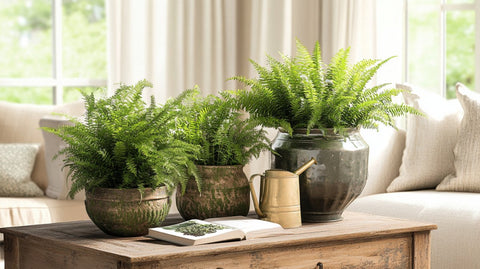

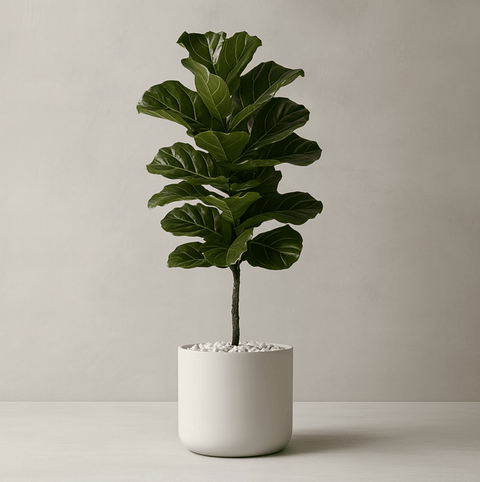
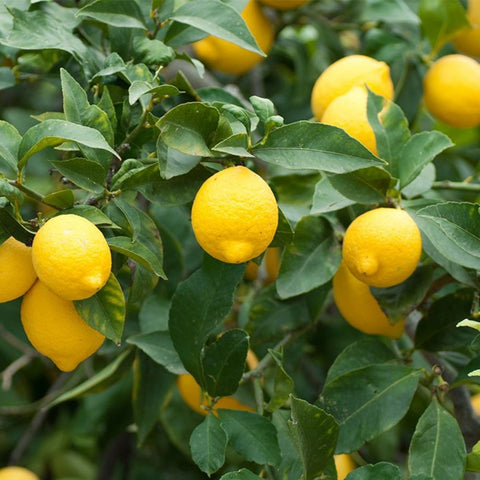
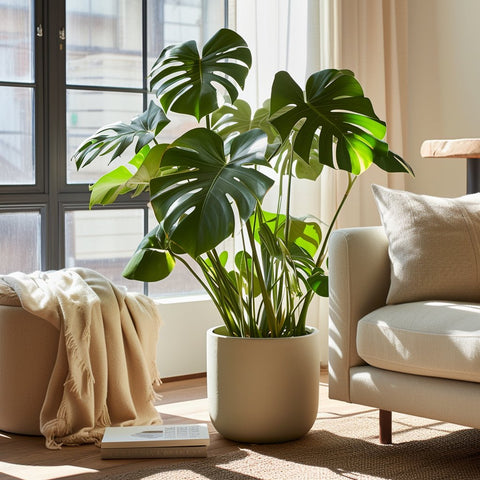
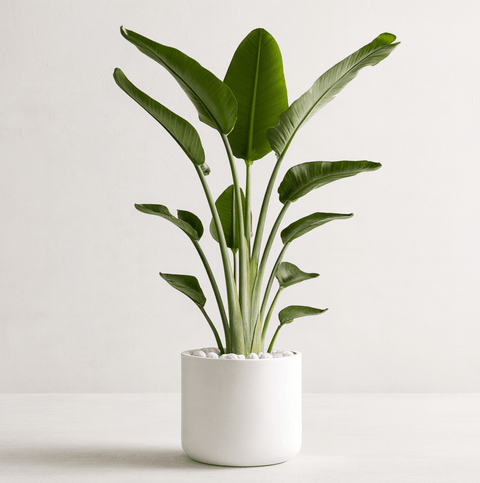
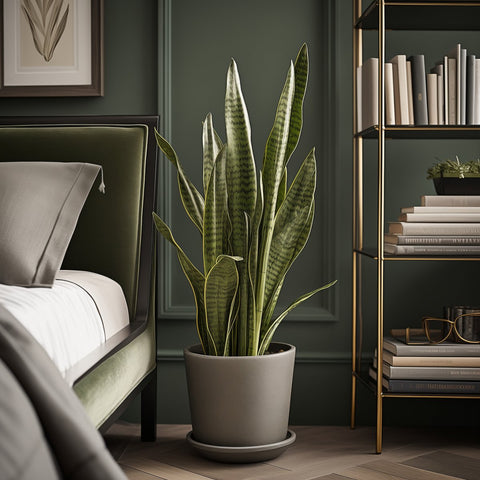
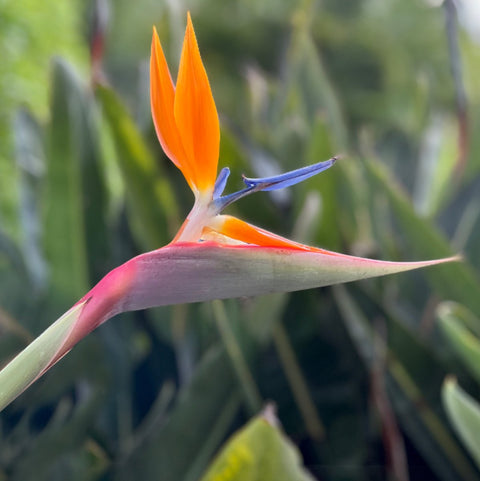
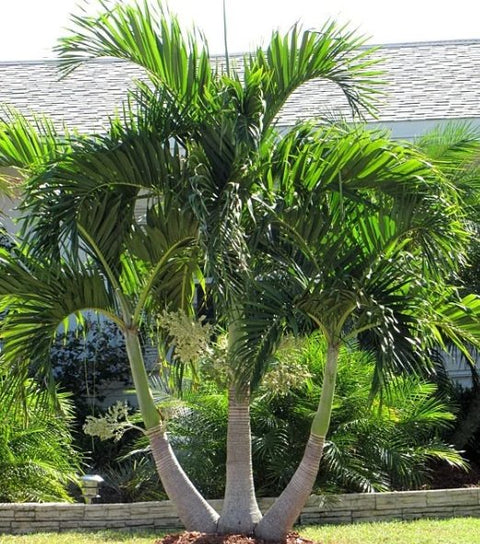
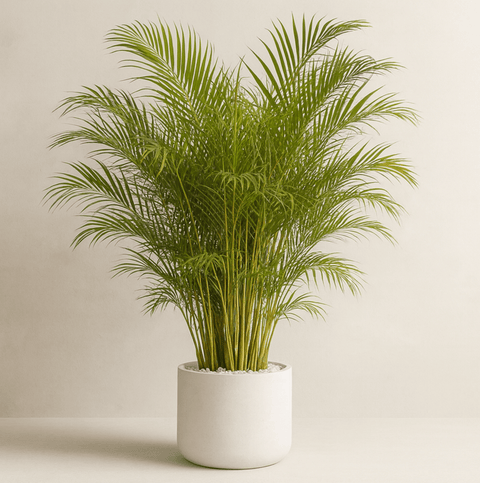
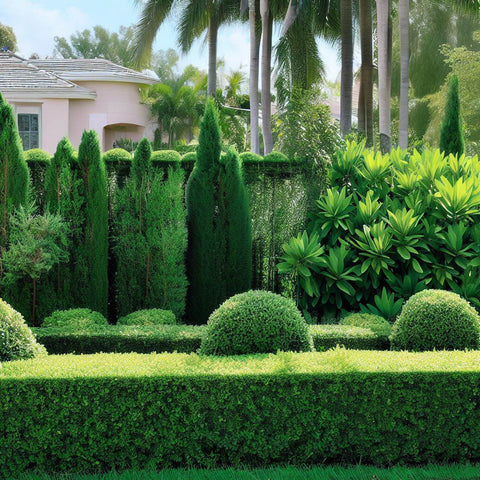
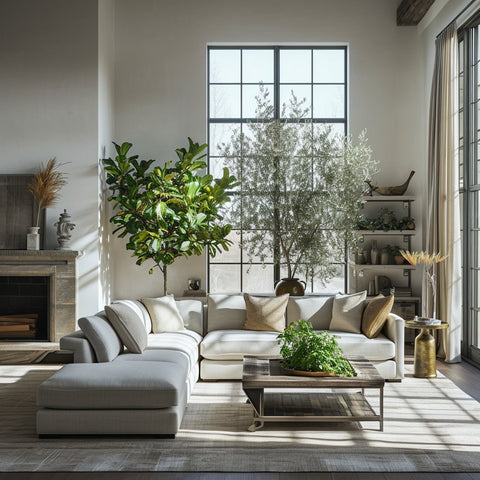
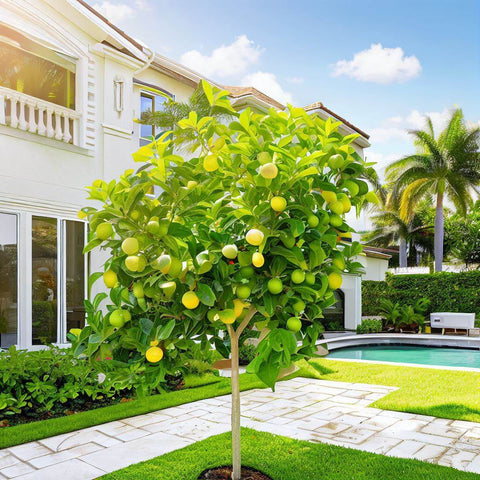
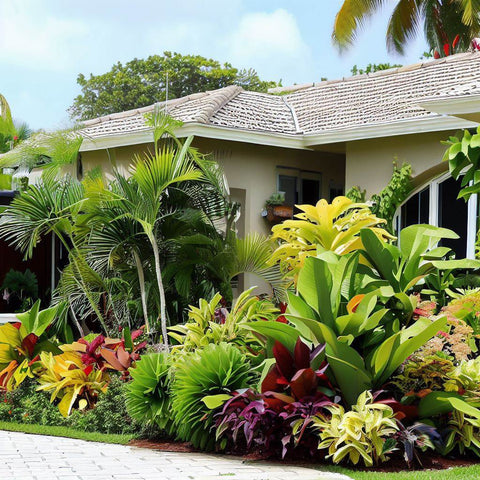

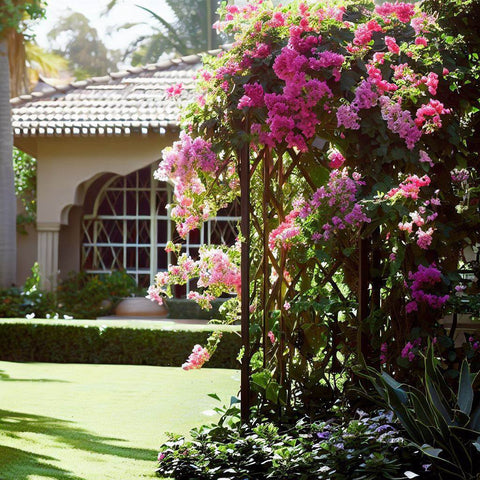
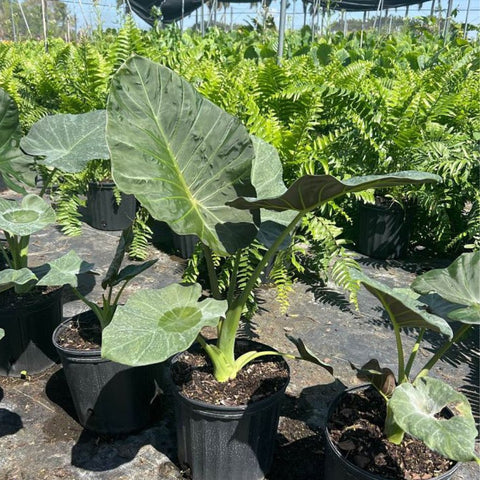
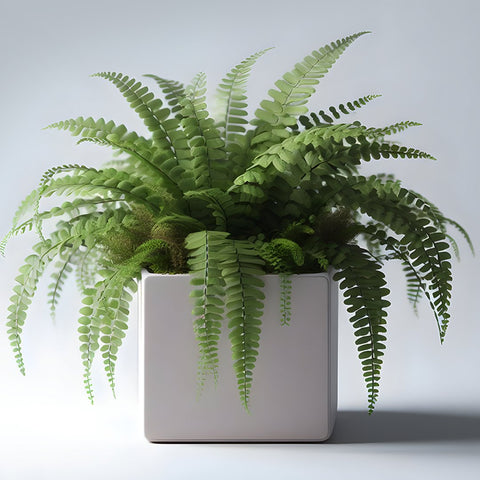
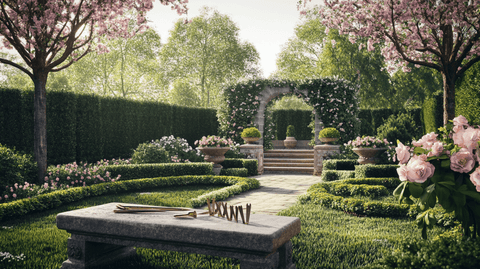
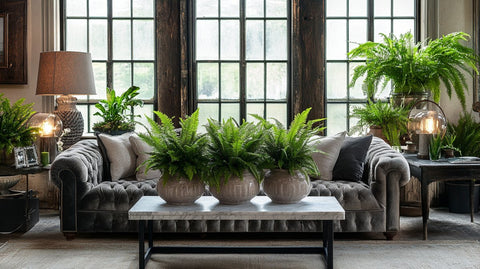


Comments (0)
There are no comments for this article. Be the first one to leave a message!